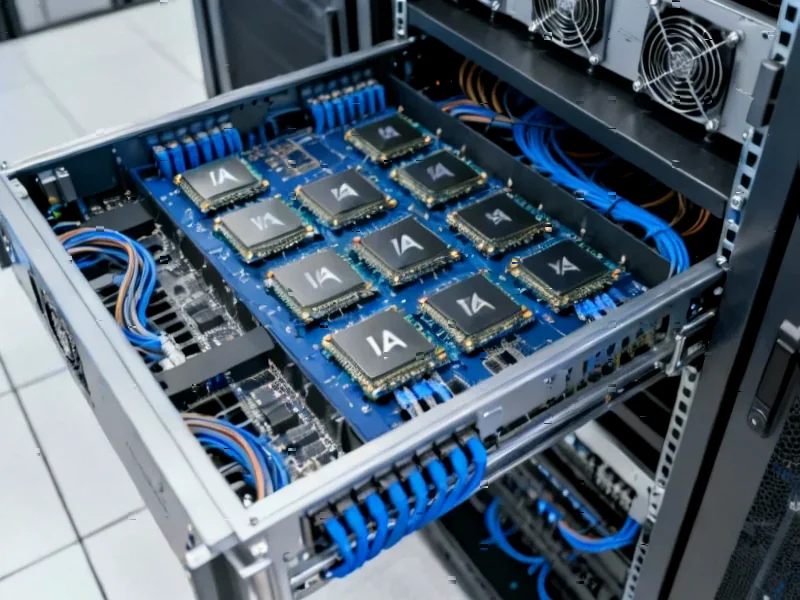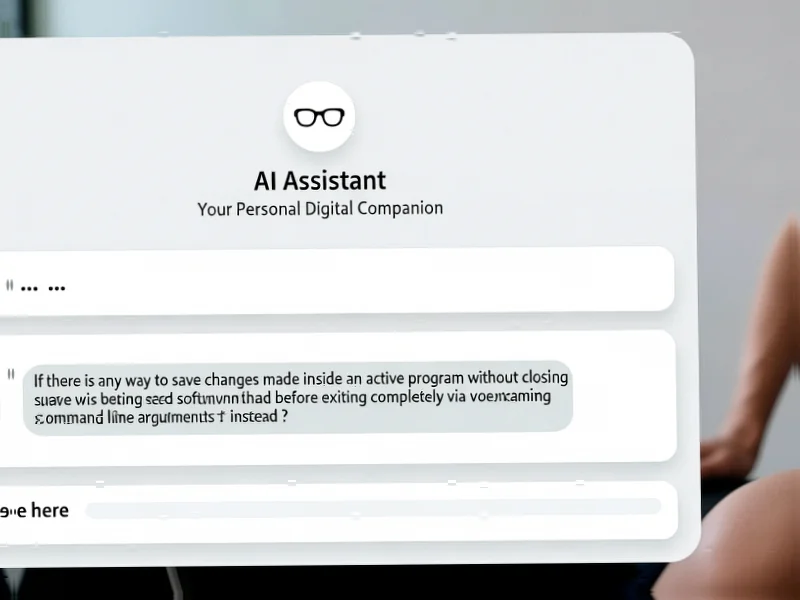According to DCD, Motivair has been cooling the world’s most powerful high-performance computers for over 15 years, spanning from petascale breakthroughs to exascale systems like Frontier, Aurora, and El Capitan. The company’s precision liquid cooling allowed GPUs in these systems to run at sustained utilization, with rack densities surging from 20-50kW to 300-400kW and beyond. Today, data centers are preparing to replicate these thermal profiles across tens of thousands of racks in AI factories, where modern accelerators need approximately 1-1.5 liters per minute per kW at under 3 PSI. The key thermal engineering variables remain pressure drop, ΔT, and flow rate, with mismanaged loops potentially derating GPUs and effectively throttling entire data centers.
HPC Legacy Meets AI Scale
Here’s the thing about liquid cooling: it’s not new technology. Companies like Motivair have been solving these problems for years in the supercomputing world. But what’s different now is the sheer scale. We’re talking about applying exascale cooling principles to potentially thousands of data center racks instead of just a handful of specialized supercomputers.
The physics doesn’t care whether you’re cooling Frontier at Oak Ridge National Laboratory or an Nvidia GPU cluster in an AI factory. Pressure drop still kills efficiency, delta T still needs to stay within safe ranges, and flow rate still needs to be precisely tuned. The stakes are just exponentially higher when you’re dealing with training runs that cost billions rather than millions.
Why Cooling Matters More Than Ever
Look, we all get excited about the latest GPU announcements and AI model breakthroughs. But basically, none of that matters if you can’t keep the silicon cool enough to actually run at its designed performance. I’ve seen too many projects where amazing hardware gets throttled because someone underestimated the cooling requirements.
Motivair’s approach with their Coolant Distribution Units, ChilledDoors, and cold plates isn’t revolutionary in concept – it’s about applying proven HPC expertise at AI factory scale. And given that companies like Schneider Electric are partnering in this space, it’s clear the industry recognizes this isn’t a niche problem anymore.
The Business Implications
So what does this mean for companies building AI infrastructure? First, cooling can’t be an afterthought. The article makes it clear that every watt of compute requires more than a watt of thermal planning. That’s a fundamental shift in how we think about data center design.
Second, the modular and repeatable approach that companies like Motivair are pushing makes sense. You can’t have custom engineering solutions for every rack in a 10,000-rack AI factory. The cooling infrastructure needs to be as scalable and predictable as the compute itself.
And honestly? This might be one of those boring infrastructure plays that ends up being more important than the flashy AI startups. Because if you can’t cool it, you can’t use it. Simple as that.




